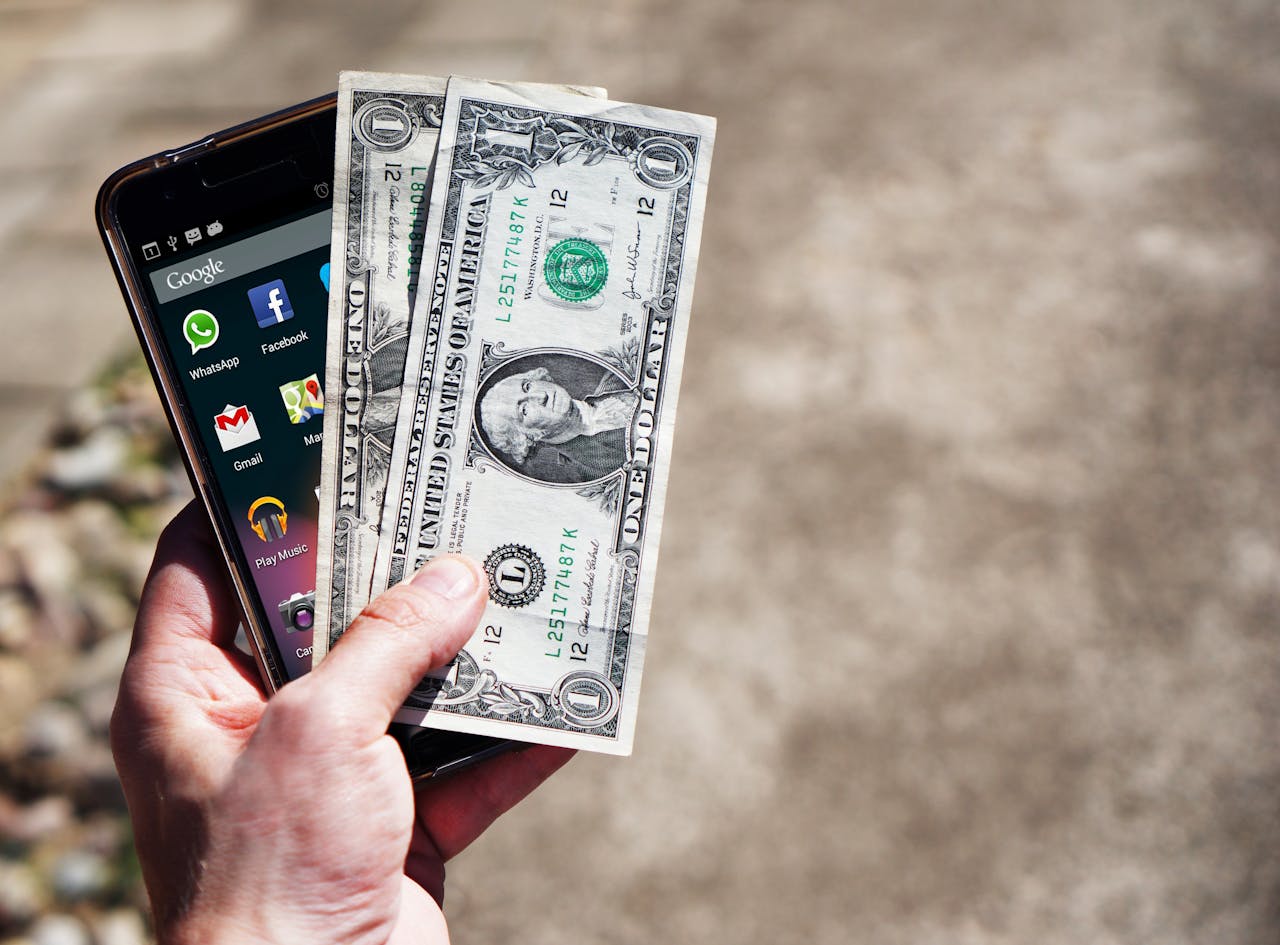When you deposit into your bank account, that’s a top-up. You can also top up a virtual card or a prepaid card that isn’t connected to your bank account. The idea behind top-up is to add money to your existing balance.
Top-up is not limited to banking, the term is also used in the telecommunication industry -when your call card is low, you might top up your balance. Some of the telecom companies would even ask if you would like to top up your call balance.
It is also now being used in the education sector, particularly for polytechnic graduates who want to upgrade their certificate to a university degree (top-up programme).
In banking, there are several ways you can top up your bank account:
In-person
This involves going to the closest bank branch to make a deposit, this involves filling a deposit slip and handing it over to the cashier across the counter or making use of the Automated Teller Machine (ATM) either through the Cardless transfer or by inserting the card into the machine.
Mobile transfers
Your mobile phone – whether it is internet-enabled or not – has put banking activities at your fingertips. With a command of USSD, you can make a transfer to the account you want to upload.
External bank transfers
A top-up process doesn’t really need to be by you. It can occur from external bank transfers. For instance, your Canadian client who transfers and makes payment for service.
Debit and credit card channel
Some banks make it easy for their customers to do an Own Account transfer, that is, topping up an account from another account from the same owner.
The processing times
The processing time depends on the channel before your top-up shows up. Internal banks might appear instantly while transferring from one bank account to another might take a longer time. For an inflow, it might take longer.
However, the fastest means of topping up an account is through debit or credit card, via the app or using payment apps such as Apple Pay and Google Pay.


